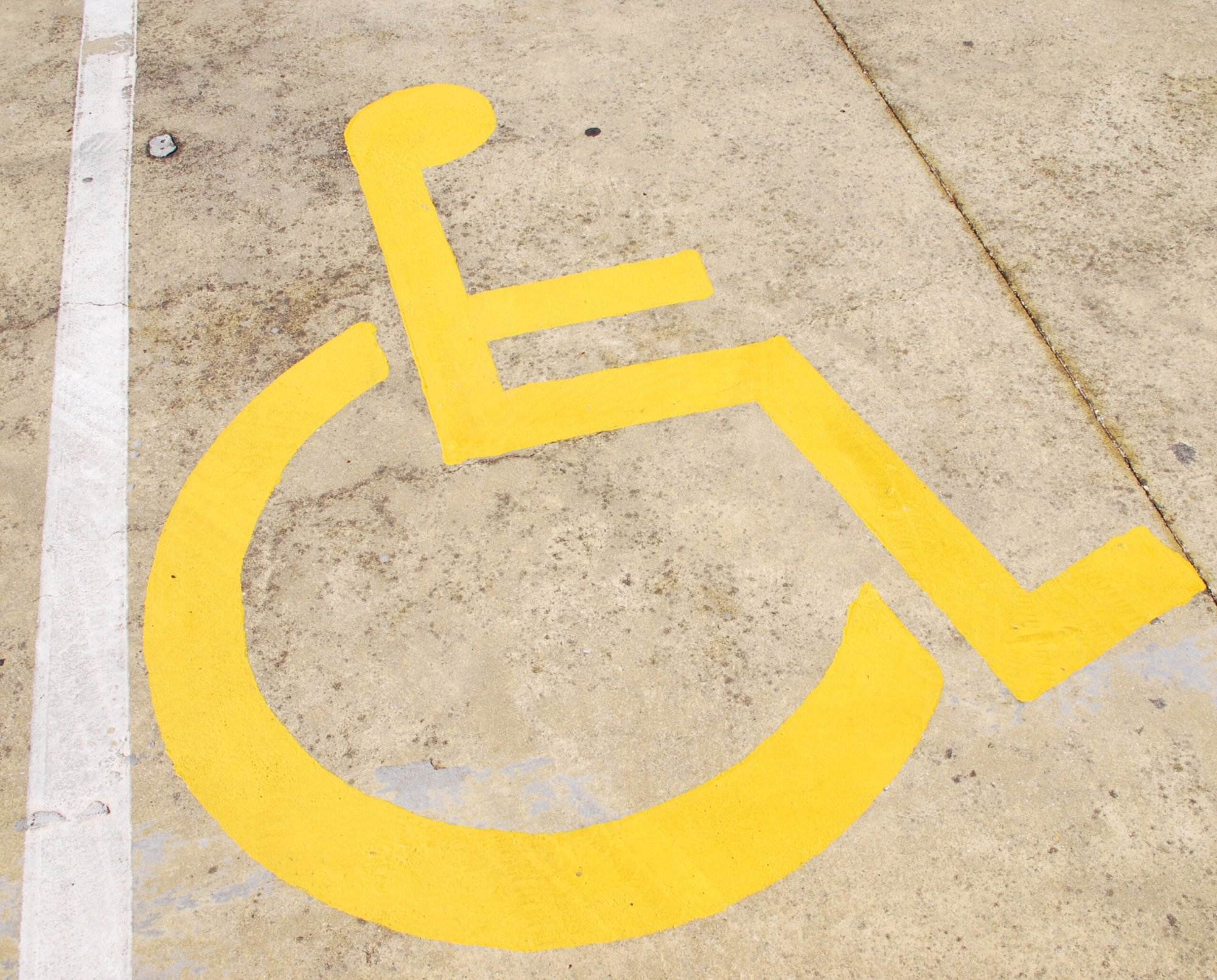Cleaning is an essential part of maintaining a healthy and comfortable home, but it can often be challenging for people with disabilities. Many traditional cleaning practices are not designed to accommodate different abilities or accessibility needs, which can make it difficult for individuals with mobility issues, vision impairments, or other physical limitations to participate in household chores. However, inclusive cleaning practices can help ensure that everyone has the opportunity to contribute to keeping their living space tidy and hygienic.

Introduction to Inclusive Cleaning
Inclusive cleaning involves making adjustments to cleaning routines and techniques to ensure they are accessible for all members of the household, regardless of ability level. This may include using specialized equipment or tools, modifying cleaning methods, and providing additional support as needed. By taking an inclusive approach to cleaning, we can create a more welcoming and supportive environment for everyone involved.
Benefits of Accessible Household Chores

There are many benefits to incorporating accessible cleaning practices into your routine. Firstly, it allows individuals with disabilities to participate in maintaining their homes, which can boost self-esteem and promote feelings of independence. Additionally, having an accessible cleaning routine can reduce the risk of accidents or injuries, as well as improve overall safety within the home. Finally, by creating an inclusive environment, we can foster greater social connections and community engagement among family members and friends.
Tips for Making Cleaning More Accessible
To make cleaning more accessible, there are several tips you can follow. For example, consider investing in ergonomically designed cleaning supplies, such as mops or brooms with extended handles, to make it easier for individuals with limited mobility to reach high or hard-to-reach areas. You could also use color coding to differentiate between cleaning products, making them easier to identify for those with visual impairments. Another useful tip is to break down tasks into smaller, more manageable steps, allowing individuals to work at their own pace without becoming overwhelmed.
Adapting Your Home for Easy Cleaning
Another way to make cleaning more accessible is to adapt your home to better suit individual needs. For instance, installing grab bars in bathrooms or showers can provide extra stability and support for individuals with balance issues. Similarly, adding non-slip surfaces to floors or bathtubs can help prevent slips and falls. Other modifications might include lowering countertops or shelves to make them easier to reach, or widening doorways to allow for wheelchair access.
Resources and Tools for People with Disabilities
There are numerous resources available for individuals with disabilities who want to learn more about inclusive cleaning practices. Organizations like the American Association of Retired Persons (AARP) offer online guides and toolkits on how to modify your home for easy cleaning. Additionally, many cities have local organizations that provide assistance and support for individuals with disabilities, including helping them develop independent living skills.
Conclusion: Why Inclusion in Cleaning Matters
In conclusion, inclusion in cleaning matters because it promotes equality, independence, and community engagement. By adopting accessible cleaning practices, we can create a more welcoming and supportive environment for everyone, regardless of ability level. Whether through modified cleaning techniques, adapted home design, or utilizing helpful resources and tools, there are countless ways to make cleaning more accessible for people with disabilities.

